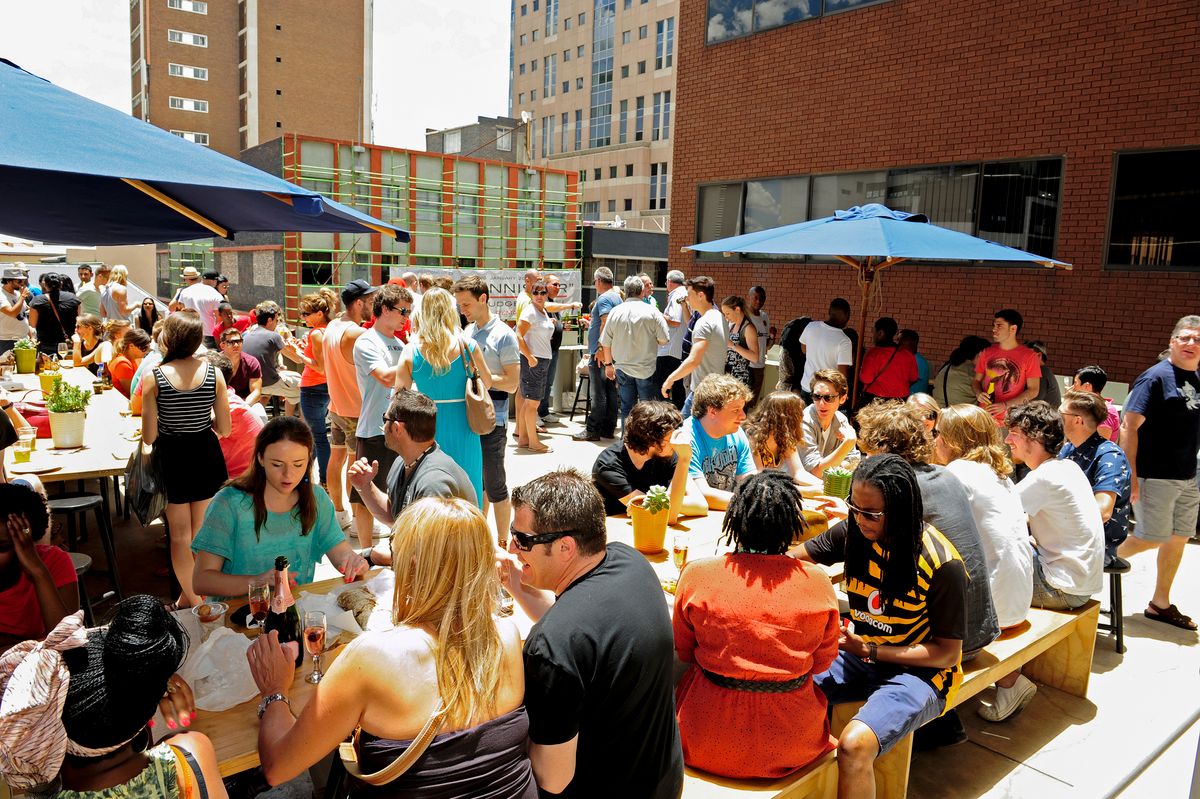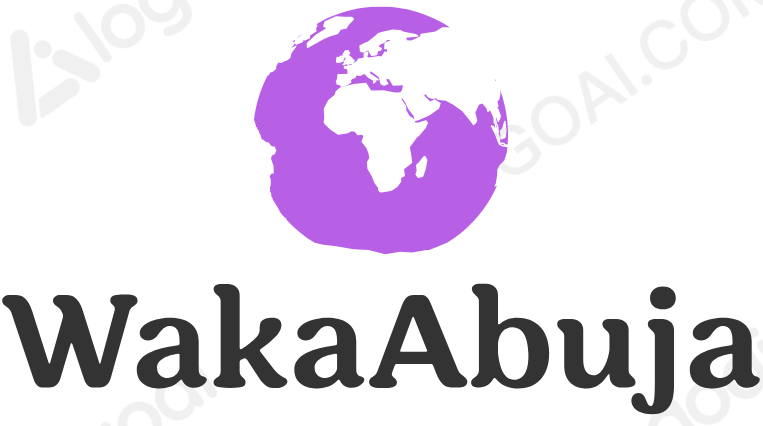This guide offers a local’s perspective, ensuring you experience vibrant markets safely and affordably while uncovering hidden gems.
Jump directly to market details >>
Why Gauteng Markets Are a Must-Visit
Gauteng province is a buzzing hub of culture and commerce, and nothing captures its vibrancy better than its flea and street markets. I’ve explored them extensively over the years, discovering unique crafts, delicious street foods, and local personalities that give these markets their heartbeat. Whether you’re a local or an international traveler, these markets offer adventure, authentic shopping, and cultural immersion.
In this guide, I’ll share detailed insights on the best markets, what you can expect, and how to maximize your visit—complete with tips on timing, budgeting, safety, and travel logistics. Let’s dive in!
The 10 Best Flea & Street Markets in Gauteng
Neighbourgoods Market, Johannesburg

Why Visit: A trendsetting market famed for its artisanal foods, contemporary crafts, and lively atmosphere. This is my go-to spot for weekend brunch and catching up with local creatives.
Highlights: Fresh bakery treats, organic coffee, local designer stalls, and live music every Saturday.
Insider Tip: Arrive early to get a seat and bring cash, although most vendors now accept cards.
Hours & Costs: Saturdays 9am to 3pm. Entry is free; budget around R150-R300 for food and purchases.
Location & Access: 73 Juta St, Braamfontein, Johannesburg. Easily reached by Uber or Gautrain + short taxi ride.
Market on Main, Maboneng Precinct
Why Visit: An urban market embedded in Johannesburg’s creative district, it blends innovative arts with tantalizing street food.
Highlights: Handmade jewelry, vibrant artworks, craft beers, and live DJs.
Insider Tip: Visit on Sundays; it’s less crowded and street performers add extra charm.
Hours & Costs: Saturdays & Sundays 10am to 5pm. Free entry, expect to spend R200-R350 on food and crafts.
Location & Access: 286 Fox St, Maboneng, Johannesburg. Uber recommended; parking is limited.
Melville Flea Market, Johannesburg

Why Visit: Nostalgic & eclectic, offering vintage goods, antiques and crafts. This market is a treasure trove for unique souvenirs.
Highlights: Retro clothing, second-hand books, vinyl records, and fresh snacks.
Insider Tip: Negotiate prices respectfully; vendors appreciate friendly bargaining.
Hours & Costs: Sundays 9am to 3pm, free entry. Budget R100-R250 for finds.
Location & Access: 46 7th St, Melville, Johannesburg. Accessible by minibus taxi or Uber.
Jabulani Craft Market, Soweto
Why Visit: Rooted in rich Soweto culture, this market is known for vibrant crafts and warm community vibes.
Highlights: Beaded jewelry, handmade textiles, traditional snacks, and community art projects.
Insider Tip: Engage with artisans to learn the stories behind their crafts—they love sharing!
Hours & Costs: Saturdays 9am to 4pm, free entry. Bring around R120-R220 for souvenirs.
Location & Access: Jabulani area, Soweto. Best reached via taxi or Uber; public transport can be crowded.
The Wilds Market, Pretoria
Why Visit: Set in the lush Wilds Eco Park, this market combines nature with eclectic shopping and dining.
Highlights: Organic produce, handcrafted décor, kids’ activities, and vegan street food.
Insider Tip: Bring a picnic blanket and enjoy the green spaces after exploring the stalls.
Hours & Costs: Saturdays 9am to 2pm, free entry; budget R150-R350.
Location & Access: The Wilds, Pretoria East. Drive or take a ride-share; ample parking available.
Fourways Farmers Market
Why Visit: A farmers market with a difference: fresh produce, artisanal foods, and a lively atmosphere perfect for families.
Highlights: Organic fruits, gourmet cheeses, and live cooking demonstrations.
Insider Tip: Early mornings offer the best variety; weekdays are less busy.
Hours & Costs: Saturdays 8am to 1pm, free entry; allow R200-R400 for shopping.
Location & Access: Fourways Mall area, Johannesburg North. Drive or ride-share advised.
Rosebank Sunday Market

Why Visit: A large market catering to tourists and locals alike, featuring wide stalls of local crafts and international foods.
Highlights: Handcrafted jewelry, colorful art, Afrocentric fashion, and gourmet treats.
Insider Tip: Combine your visit with lunch at one of Rosebank’s trendy cafes and boutique shops nearby.
Hours & Costs: Sundays 9am to 4pm, free entry; typical spend R150-R300.
Location & Access: Cnr Jellicoe Ave & William Nicol Dr, Rosebank, Johannesburg. Very accessible by public transit and Uber.
Bruma Flea Market
Why Visit: Situated beside a scenic lake, this market offers a charming blend of handicrafts and foods with a relaxed outdoor feel.
Highlights: Leather goods, recycled art, street food, and occasional live performances.
Insider Tip: Friday evenings in summer feature a buzzworthy night market vibe.
Hours & Costs: Saturday & Sunday 9am to 4pm, free entry; typical spend R100-R250.
Location & Access: Bruma Lake Precinct, Johannesburg East. Best accessed by car or Uber.
Maponya Mall Craft Market, Soweto

Why Visit: This market is essential for authentic Soweto crafts and cultural artifacts in a vibrant shopping mall environment.
Highlights: Traditional beadwork, handcrafted furniture, and fresh local snacks.
Insider Tip: Visit early but expect lively crowds after midday.
Hours & Costs: Saturdays 9am to 5pm, free entry; budget R120-R300.
Location & Access: Maponya Mall, Jabulani, Soweto. Accessible by taxi and public transport.
Hillbrow Health and Flea Market, Johannesburg
Why Visit: A culturally diverse market offering street foods, fashion, and wellness products – a bold and bustling urban experience.
Highlights: Afrobeat music, live demonstrations, and affordable streetwear.
Insider Tip: Visit during daytime only, and travel in groups if possible for safety.
Hours & Costs: Saturdays 9am to 3pm, free entry; budget around R100-R200.
Location & Access: Hillbrow, Johannesburg Central. Use Uber or guided tours to ensure safety.
Essential Tips for Visiting Gauteng Markets
Best Times to Visit
The peak weekend times (Saturdays and Sundays) are lively but can get crowded, especially in summer (October to March). Early mornings 8-10am are the best for fresh goods and quieter browsing. Avoid rainy days to enjoy outdoor markets fully.
How to Get Around
Uber and Bolt are the safest and most convenient transport options in Gauteng. For nearby markets, the Gautrain is a reliable rapid rail service linking Johannesburg, Pretoria, and O.R. Tambo International Airport. Walking between close venues (like Rosebank area markets) is recommended.
Where To Stay
Johannesburg’s Maboneng precinct and Rosebank are my favorites for staying close to vibrant markets. You’ll find boutique hotels, guesthouses, and Airbnb options priced between R600-R1500 per night depending on style and amenities.
Saving Money & Budgeting
The typical budget for a market visit ranges from R150 to R400 per person for food and purchases. Always carry cash; small vendors may not accept cards. Bring your own refillable water bottle and snacks to reduce costs. Bargaining is common but should be done politely.
Safety Tips
Markets can be crowded, so always stay aware of your belongings. Avoid isolated market areas after dark. Stick to well-traveled paths and consider traveling with a companion if visiting lesser-known markets. Emergency numbers to keep handy include South African Police Service 10111 and ambulance services 112.
Tours, Activities, and Length of Stay Recommendations
Many markets offer guided tours highlighting local artisans and history. For example, the Maboneng and Soweto market tours give deep insights into community culture and trades. I recommend allocating at least half a day per major market to savour food, browse stalls, and relax. Combining two markets in one day (like Neighbourgoods + Market on Main) is doable with early starts.
Please check local tour operators such as Joburg Tourism for booked experiences.
Frequently Asked Questions About Gauteng Markets
Are flea markets in Gauteng safe for tourists?
Yes, most markets are safe, especially during daytime. Use common travel safety practices: keep an eye on belongings, avoid isolated areas, and use trusted transport options like Uber.
What is the best way to pay at these markets?
Cash is preferred, but leading markets increasingly accept card and mobile payments. Carry small denominations of cash for smaller vendors.
When is the best time of year to visit Gauteng markets?
Spring and summer (September to March) offer pleasant weather and lively markets. Avoid winter months (May-August) if you prefer outdoor activities as temperatures can dip.
Are there public transport options to get to these markets?
The Gautrain services some areas, but for most markets, ride-hailing apps like Uber or taxis are the most convenient and safest.
How long should I plan to spend at a market?
It depends on your interests, but I recommend spending 2–4 hours to fully enjoy the ambiance, shop, eat, and explore without rushing.
Final Personal Insights and Pro Tips
As someone who’s wandered through Gauteng’s markets dozens of times, here’s my take: take your time—markets are as much about people and stories as shopping. Chat with stallholders, try street food you’ve never heard of, and be open to discovering something unexpected. Weather can be unpredictable, so pack a light rain jacket. Lastly, capture moments but always ask permission before photographing people or their crafts.




